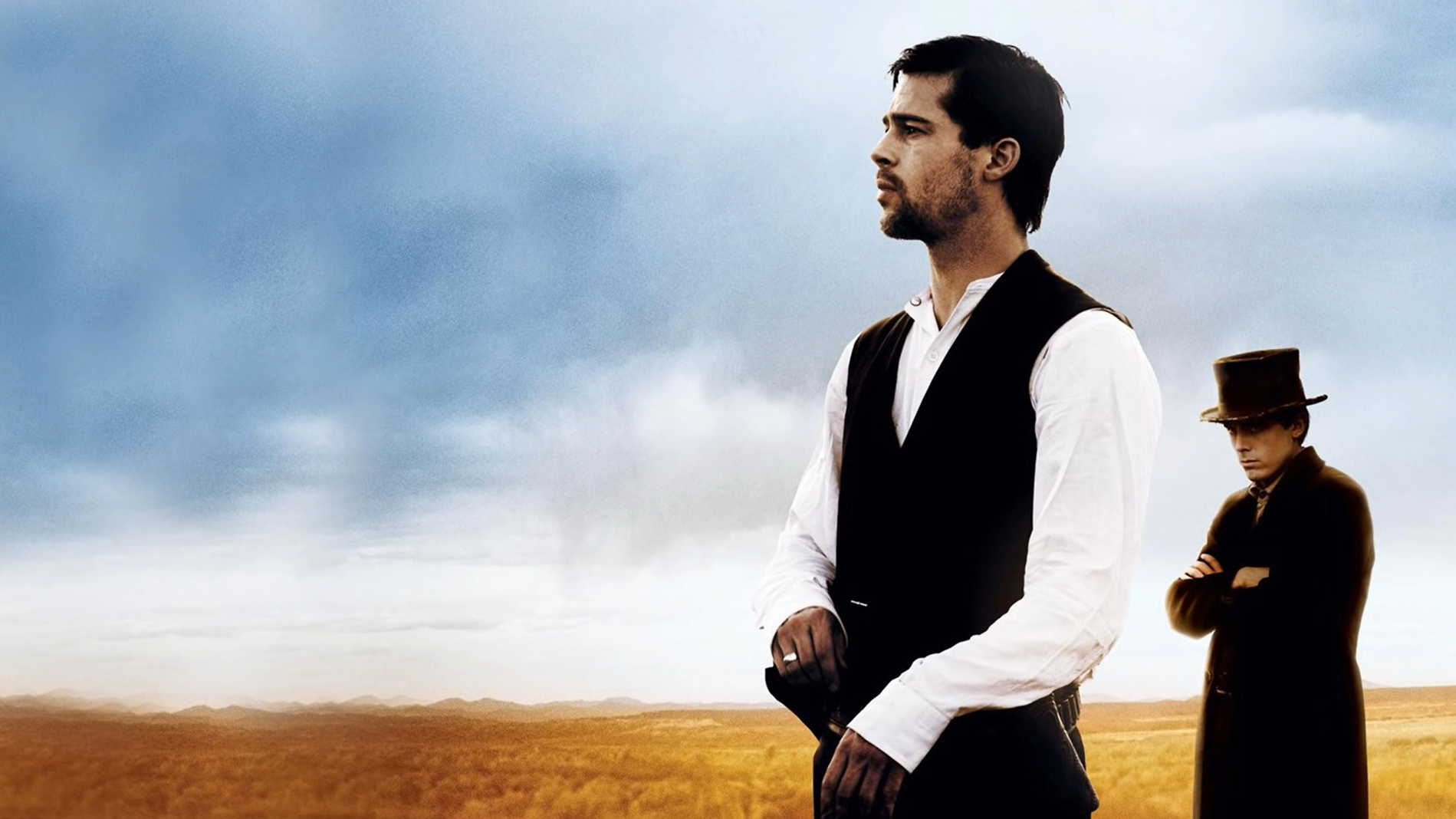As you might have already gathered, we’re rather keen on Nick Cave here at . The crown prince of gothic balladeering has never gone out of fashion with audio engineers and sonic testers worldwide, predominantly because he’s a genuine visionary who loves nothing more than stuffing an album full of meaty textures and experimental sonic landscapes. Like , Aphex Twin and Massive Attack, he’s a bona fide test room darling, 1997’s has often been our test album of choice, and you’ll often find peppered across reviews for high-end hi-fi down to cheap and cheerful earbuds.
The Aussie’s 2019 release , officially as part of Nick Cave And The Bad Seeds, has also provided hi-res fodder, a heartrending work of grief-laden intimacy that can’t be beaten as a tester of emotional transparency, detail and organisation. Cave’s back catalogue is heaving, and it can be hard to know where to begin if you’re seeking a way to get the most out of a would-be hi-fi set-up or potential headphones purchase. You need something to ease you into Cave’s oft-intense world, something with enough simplicity to be accessible but with enough depth and musical interest to be worthy of consideration in the first place.

In collaboration with fellow Australian Warren Ellis, the soundtrack to possesses that perfect balance, so much so that it's become a staple of my testing rotation whenever I want to see how well a particular candidate can bring out the rich sense of melancholy that infuses the movie’s elegiac, slow-burning score. Detail, soundstaging and the usual criteria remain tangibly testable, yet it’s the feeling that the music of evokes rather than the technical nitty-gritty that is truly being held up for examination. While some films may opt for densely packed orchestral scores replete with piercing horns and swelling apexes, Cave and Ellis deploy a far more sparse, restrained canvas to complement the movie’s restrained, sometimes ethereal sensibilities.
Andrew Dominik’s 2007 release is a deliberate and considered slow-burner that wallows in its mise-en-scene, treating viewers to the endless skies and sparsely populated outcrops of mid-western America in the mid-19th century. Tracks rarely employ more than a trio of instruments, making it an easy task to delve into the drawing of a bow across a violin or the twinkling of an old piano and discover exactly how well or poorly a system is conveying those textures and the acres of spaces around them. The quietly reflective for instance, is great for demonstrating how a pair of bookshelf speakers, such as the recently reviewed , handle the subtle ebbing and flowing of the music’s glistening piano and full-bodied violin.
Above all others, it’s the hauntingly exquisite that has earned its place as a staple test track which I can barely do without. Accompanying the movie’s closing scenes in which the sad final days of a guilt-ridden Bob Ford are recounted, it’s a hauntingly beautiful accompaniment which plays as Ford’s demise is narrated and the whole procession plays out with a sort of grim inevitability – as the finality of the narration and mournful string accompaniments attest, Bob is dead long before the shotgun that kills him actually ignites. I use it for testing everything from to , mainly because what I'm looking for is immediate and easy to define: a genuine and authentic emotional response.
Much of the music accompanying is complementary to the action occurring on screen, yet even without any prior knowledge of the accompanying film or the true story on which it’s based, is evocative enough to convey a heartbreaking narrative purely through the music itself. The strings are deep, rich and ever-so-sombre, breaking your heart with every slow, heavy pull of the bow. Again, texture and space are paramount, but the emotional sucker punch that delivers should rock you to your core – if I don't feel like curling up into a ball on the floor with tears in my eyes and sadness in my bones, there's a problem.
The never received the adulation and acclaim it deserved. Snubbed at the Oscars and rarely talked about in mainstream cinematic circles, it's become something of a lost gem rather than a perennial classic. Even if you don't have almost three hours to devote to the movie itself, I'd urge you to hunt down Cave and Ellis' score and add it to your rotation of test material, especially Emotionally charged and texturally rich, it's always on hand whenever I need to assess the weight and gravitas a system delivers and, just perhaps, to actually feel something in this cold, cold world.
.



















